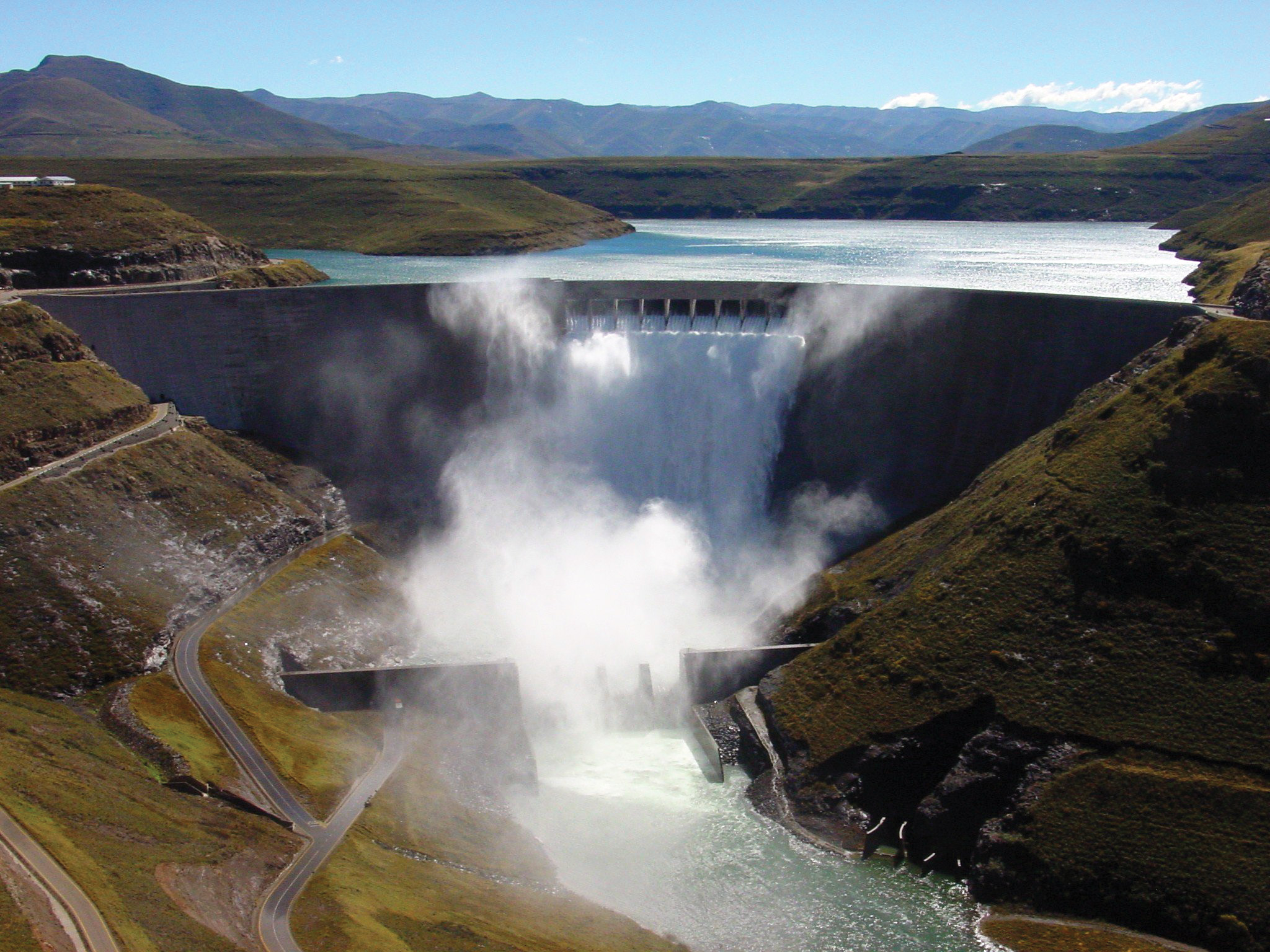
 However, there are two key considerations for successful industrial transformation:
However, there are two key considerations for successful industrial transformation:
1. Government plays a key role
Agglomeration and diversification may be the fundamentals of sound economics, but they can’t happen without collaboration and leadership from all levels of government. You need three levels of administration to work together, and not just on policy. There are a lot of grand plans that are discussed in boardrooms, however government alignment, as well as goodwill to provide incentives and policies to stimulate the market, are required to get these ideas off the ground.
Governments also need to think bigger and challenge what has always been done. An incredible amount of effort and funds go into infrastructure to bring people from the suburbs to metropolitan cities for work, yet by decentralising jobs, employees can remain in the suburbs close to where they live. This is where you see otherwise stagnant areas come alive, bringing more business and investment.
2. Is it economically viable?
The most important question to ask – is the new land purpose economically viable? I’ve spoken with companies that want to develop a master plan for the future of their site but admit they aren’t property developers. There is no difference if it’s urban land or regional land, industrial or residential; property development is a specialised game which is not without risks. If it’s not your core business, you would benefit from development advice given it’s a complex game to play and a risky one at that.
Potential projects need solid market research to determine the viability of development. It’s no good taking into consideration current demand; you must look three years and beyond once the area has been rezoned, the Development Approval sought, and finance is in place. This is well before the first sod is turned. This is more difficult if the intent is to attract an emerging industry which is not yet proven and well established.
So, what does this all mean for land developers and owners? It means they need to be aware of the change in Australia’s economic landscape and keep ahead of the technological and environmental shifts on the horizon that will create new industry growth areas. Strong opportunities will arise in regional areas, but any investment requires government leadership and collaboration, market research and careful economic analysis.
Related
insights
 Australia’s land is ready for a revolution Part 1
Australia’s land is ready for a revolution Part 1
As American President John F. Kennedy once said, “Change is the law of life. And those who look only to the past or present are certain to miss the future.” This is especially pertinent in Australia when looking at how we use and redevelop our land.
 Engineering achievement of the century: Lesotho Highlands Water Project
Engineering achievement of the century: Lesotho Highlands Water Project
“This project has been the dream of engineers since the 1940’s... It will be a fundamental chain link in the continued growth of both Lesotho and South Africa, and in particular the industrial heartland of Gauteng.”
 70 Years Forward: Integrated infrastructure
70 Years Forward: Integrated infrastructure
The Snowy Mountains Hydroelectric Scheme is recognised as one of the engineering wonders of the modern world.
 Collaboration key to successful community outcomes for water resilience projects
Collaboration key to successful community outcomes for water resilience projects
The Murray-Darling Basin is an area of vast significance to Australia. It plays a crucial role in Australia’s food supply network, producing over 40% of our agricultural produce, and is home to 35 endangered species and 16 internationally significant wetlands. It supports over 2.2 million Australians, including 40 different First Nations communities.




